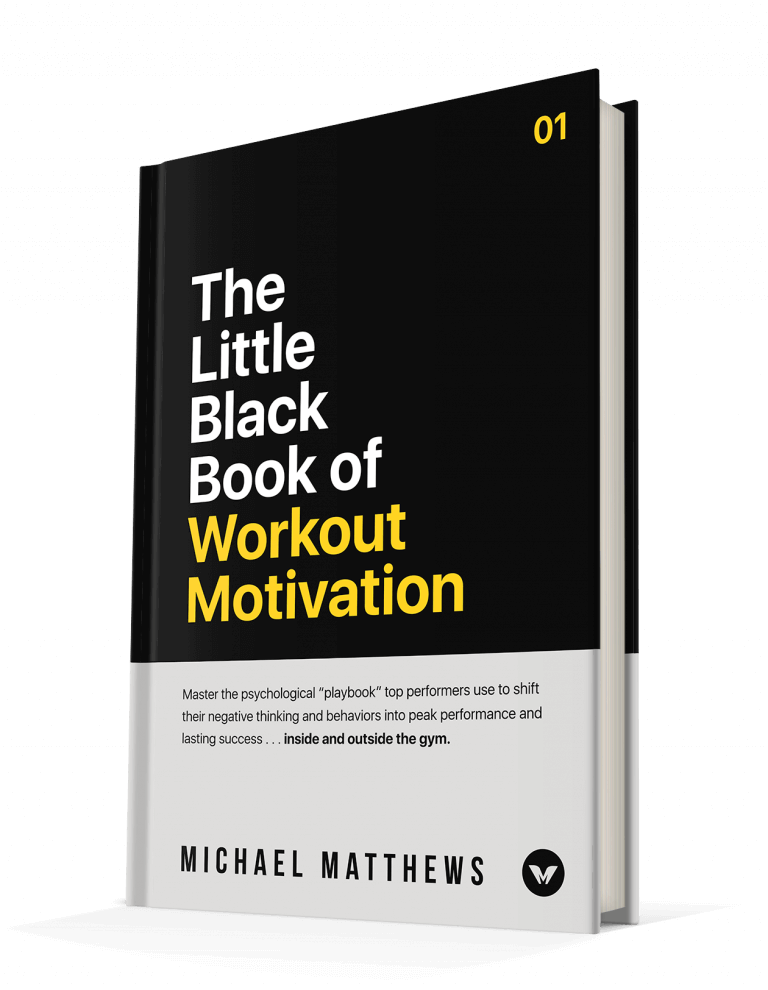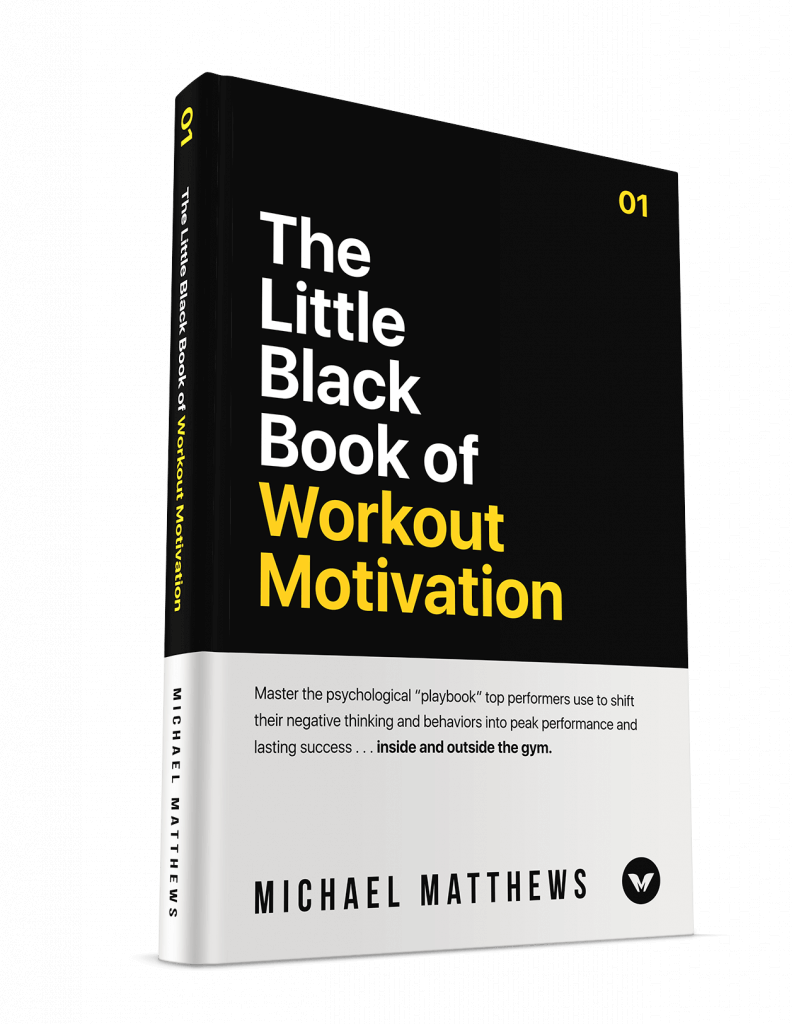How to Use “Environment Design” to Accomplish Your Goals Easier and Faster
Show me a man who is not a slave! One is a slave to lust, another to greed, another to ambition, and all men are slaves to fear.
—SENECA
Most of us have a pretty good idea of what’s good for us and what’s not.
Most of us know that we should eat well, exercise regularly, drink less alcohol, stop smoking, and spend less time on social media and in front of the television.
Some of us know even more, and could quickly outline the exact things we should start and stop doing to markedly improve our lives.
Most of us have also tried to live out what we know and failed, only to fall back into our old, dysfunctional ways.
If you’re like me, you’ve probably chalked up your failures to a lack of willpower, self-control, or grit, and you were probably right to some degree–those things do matter.
What you probably didn’t finger, however, was something far more influential than most of us realize, and far easier to change than our personalities. Something that we can never escape from, and that is pushing and pulling at our ideas, feelings, and behaviors, every minute of every day:
The environment.
This is the invisible hand that subtly molds your attitudes, decisions, habits, and over time, your life, for better or worse, as well as the dead hand that sways so many of us to engage in so many of the same self-destructive behaviors.
In fact, it’s not unreasonable to say that organizing your environment to support your values and goals is one of the simplest and most powerful ways to increase your chances of embodying and realizing them.
Don’t believe me?
Well, to understand the surprising power of the environment, let’s start by reviewing a study conducted by scientists at Columbia University that analyzed organ donors by country.
They found that donation rates varied widely around the world, with countries like Denmark and Germany as low as 4% and 12%, respectively, and others like France and Poland rank staggeringly high, with near-perfect scores of 99.91% and 99.5%.
Even more puzzling were differences in the donation rates of culturally homogeneous countries like Denmark (4%) and Sweden (85.9%), and Germany (12%) and Austria (99.98%).
If not for meaningful geographical, cultural, or social differences, what could explain this?
As it happens, the extraordinary discrepancies stemmed from the most ordinary of things: the forms used to recruit donors.
In the low-donation countries, the forms contained this line: “If you want to be an organ donor, check here.” In other words, they required people to voluntarily join the program. In the high-donation countries, however, the forms read like this: “If you don’t want to be an organ donor, check here.” In other words, they required people to voluntarily decline the program.
Think about that for a second. The way you’re asked a question can dictate your decision on something as deeply personal as what should be done with your body when you die.
Furthermore, think about this from the perspective of a politician who wishes to increase organ donation rates in their country. Imagine how much time, money, and effort they could spend trying to move the needle with education, incentives, or even coercion, when all they really need to do to obtain near perfect compliance is change a single line of a text in a humdrum government form.
The researchers of that paper concluded the following about how our environments inform our lives: “In most cases, the majority of people choose the default option to which they were assigned.”
That is, most of us go along with the design and flow of the people and things that surround us–the paths of least resistance. If a box on a form is unchecked, we’ll probably leave it unchecked. If cars are lining up in a given lane on the highway, we’ll probably join them. If we display fruit in our kitchen instead of junk food, we’ll probably eat more fruit.
This isn’t particularly shocking, but what came as a surprise to me, at least, is just how many aspects of our lives run on near autopilot, guided by the scores of cues provided by our environment.
For instance, high-priced entrées on restaurant menus lure us into ordering more expensive items, we’re more likely to buy things in the supermarket that are at eye level, showing men pictures of bikini-clad women makes them act more impulsively, and people who are dieting will skip a “milkshake” and turn down “candy chews,” but have no qualms about drinking a “smoothie” or eating “fruit chews.”
What is also surprising is just how many elements of our environment have been carefully and scientifically engineered to elicit desired responses–responses that often don’t benefit us much.
In their bestselling 2009 book Nudge, Richard Thaler and Cass Sunstein referred to this as “choice architecture,” and they believe powerful organizations like corporations and governments can–and should–help create environments that incline us toward personally and socially responsible behaviors. A “soft paternalism,” if you will.
I say, why wait for someone else to do it? Why not take up designing our environments as a personal project, so they nudge us toward the specific outcomes that we desire? Why not prearrange better default choices for ourselves, so we can better stay on course, even when we’re cruising on autopilot?
A good place to start is thinking how you can change your environment to make the good habits you want to adopt easier to do, and the bad habits you want to kick harder to continue. A simple way to do this is removing steps from the former, and adding them to the latter.
For example, if you’d like to eat more nutritious foods, you can place them more visibly in your refrigerator, kitchen, and pantry. This makes it easier to grab when you’re hungry. And if you’d like to eat less junk food, tuck it away in a cabinet that you don’t open regularly, making it harder to access.
If you’d like to get better about doing your morning workouts, you can set your workout clothes out the night before, removing an obstacle that can dissuade you from leaving the warm embrace of your bed.
If you’d like to drink more water, keep a water bottle at your desk at work instead of soda, and fill it up every time it’s empty. This way water is always at hand, but if you want soda, you have to get up and go to the kitchen or vending machine.
If you’d like to save more money, you can set up an automatic weekly withdrawal from your checking account to your savings account. This makes a little harder to spend money you’d rather be saving.
If you’d like to reduce the time you spend on social media, you can uninstall the app(s) from your phone, making the services less convenient to use. You could always reinstall them, of course, but that additional step may deter you just enough to help change the pattern of behavior.
The options here are endless, really. All you have to do is brainstorm ways to make the things you really want to do more visible and accessible, and the things you really want to stop doing less so.
If you take the time to do this–to sprinkle your environment with cues that lead to positive behaviors and remove their harmful counterparts–you might be surprised at how much easier it is to make positive changes in your life.
Did you like this article? Want to learn more? Then check out my newest book, The Little Black Book of Workout Motivation!
It’s my personal—and 100% practical and hands-on—blueprint for personal transformation, inside and outside of the gym, and it will provide you with new and valuable knowledge and skills that you will use for the rest of your life.
In short, I wrote this book to help you fix the important things that are holding you back from doing and achieving the things you care most about.
I’m also giving away over $5,000 of great stuff to celebrate the launch of the book, including . . .
- An all-expenses-paid trip to Washington DC to meet me and the whole Legion and Muscle for Life team
- An Apple Watch
- 20 meals (5 per week for 4 weeks) from The Good Kitchen
- A $200 Hylete gift card
- And more . . .
All you have to do for a chance to win is buy the book and forward the receipt to [email protected], and voila, you’re entered to win.
(You can also gain extra entries by sharing the contest on social media.)
Click here to learn more about the book and giveaway:
⇒ http://workoutmotivationbook.com/
Enjoy!
What Do They Know That You Don’t?
Let’s face it: Fitness is hard.
It doesn’t ever get easier, either. We just have to get better.
My book The Little Black Book of Workout Motivation will help you get better.
It contains practical scientific research, compelling stories, and time-proven tactics that will help you discover and tap into the inner strength you need to take control of your body and life.
Here’s a sneak peek of what you’ll find inside:
- The easiest way to instantly increase your willpower and self-control in any situation, no matter how you feel in the moment.
- 3 science-based psychological “tricks” you can use to stay strong during moments of temptation.
- A simple 10-minute technique for beating procrastination that will skyrocket your productivity.
- How to inoculate yourself against Great Western Disease of “I’ll be happy when . . .” and find immediate joy and satisfaction right where you are.
- The “What, When, Where, If, Then” method of planning that can make you up to 240% more likely to follow through on your intentions.
The bottom line is: If you want to learn how to overcome the mental blocks that make you unmotivated, unhappy, and unhealthy, this book is for you.
Order your copy today and learn what most people will never know about getting and staying motivated to build the bodies and lives of their dreams.





































